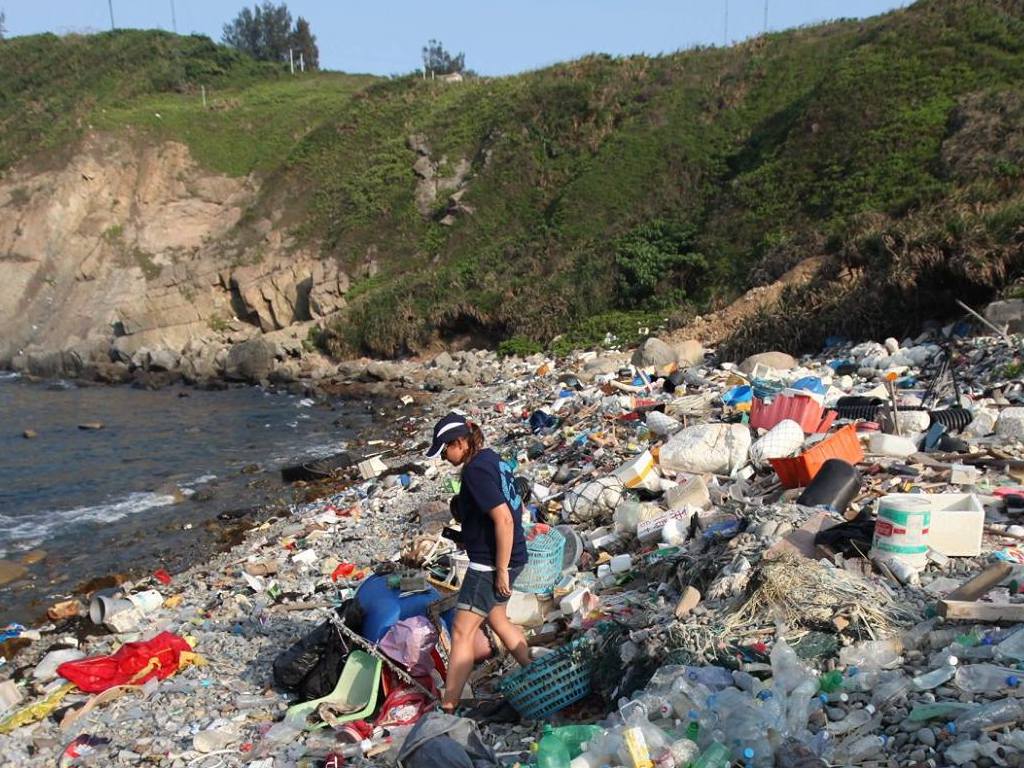2 Mins Read
New research by Greenpeace East Asia and Education University reveals that Hong Kong’s seas are being swamped by plastic pollution caused by the city’s packaging habits. The comprehensive study carried out in the territory’s waters across Mirs Bay, Sai Kung and Lantau Island found a staggering 11-fold increase in plastic pollution in just 3 years. According to the researchers, the results demonstrate the plastic packaging problem in Hong Kong. Using specialised mesh nets to collect plastic debris and water samples across 20 different coastal sites, researchers found that microplastic pollution was most widespread in eastern regions.
Results show that the average concentration of micro-plastic around Mirs Bay, Sai Kung and Tolo Harbour were higher than that of Lantau Island. As Tolo Harbour is only connected to the sea by a narrow channel, it suggests that Hong Kong’s coastal pollution is locally produced, not washed down from the Pearl River Delta. Greenpeace campaigner Chan Hall-sion added: “Tolo Harbour is a semi-enclosed bay surrounded by urban areas…We can only deduce that most of this microplastic waste is locally produced.”
Education University’s environmental scientist and leading researcher Dr Lincoln Fok argues that the study demonstrates the severity of local plastic waste, particularly from excessive packaging. 61% of the plastic debris collected in the study was from polystyrene, and 18% from polythene, the plastic in our shopping bags and plastic bottles.
Hong Kong’s unnecessary plastic packaging is pervasive. Food items in supermarkets are often cloaked in excessive layers of plastic cling film, packaged into polystyrene boxes and protected with bubble-wrap. With few existing facilities in the city to adequately recycle plastic, the packaging is often littered on streets, sewers and coastal regions. Once plastic has entered the sea, packaging gets broken down into tiny plastic particles – microplastics.
Microplastics are especially harmful for the ocean environment, marine life and human health. These tiny plastic particles can become attached to toxic contaminants and bacteria, which are then accidentally ingested by marine organisms. Not only does it cause deformations in the digestive systems of fish that have consumed micro-plastic, but it also ends up in our food chain.
The 11-fold increase in micro-plastic concentration in Hong Kong’s waters is alarming. It is urgent for the government to establish targets to clamp down on single-use plastics. Although authorities have suggested that they will implement to tackle the use of disposable plastic bottles, they have remained hesitant to take further measures such as requiring food manufacturers to reduce packaging and introduce sufficient recycling outlets.
Photo courtesy of WWF Hong Kong.




